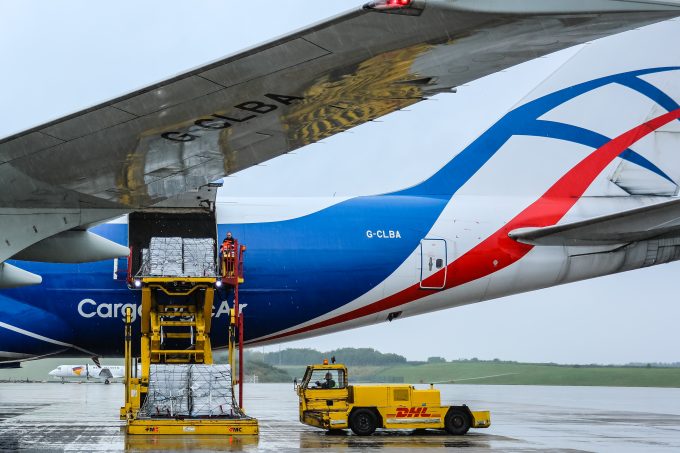Analysis: Felixstowe, London Gateway, MSC & Gemini – musical chairs in UK ports
MSC’s beady eye on Felixstowe?

The chaos at Gatwick last month emphasised the UK air freight sector’s over-reliance on the south-east region, with panic ensuing again last week after a drone sighting at Heathrow.
Between 19 and 21 December, thousands of flights were grounded and cancelled after drone sightings sparked safety concerns at Gatwick.
Although few cargo flights were affected then, the sighting at Heathrow caused major industry concern.
One forwarder told The Loadstar: “The drone question is very valid and the recent lockdowns have demonstrated our reliance ...
'Disastrous' DSV-Schenker merger would 'disrupt European haulage market'
'To ship or not to ship', the question for US importers amid tariff uncertainty
'Chaos after chaos' coming from de minimis changes and more tariffs
List of blanked transpac sailings grows as trade war heats up and demand cools
EC approves DSV takeover of DB Schenker
Shippers in Asia restart ocean shipment bookings – but not from China
Forto 'sharpens commercial priorities' as it lays off one-third of staff
India withdraws access for Bangladesh transhipments, in 'very harmful' decision
'Tariff hell' leaves industries in limbo – 'not a great environment to plan'
Temporary tariff relief brings on early transpacific peak season
Pre-tariff rush of goods from US to China sees air rates soar, but not for long
De minimis-induced ecommerce demand slump could cripple freighter operators
Asian exporters scramble for ships and boxes to beat 90-day tariff pause
Forwarders 'allowing the fox into the chicken run' by supporting 'hungry' carriers
Hapag 'took the bigger risk' when it signed up to Gemini, says Maersk
'Restoring America's maritime dominance' – stop laughing at the back of the class

Comment on this article